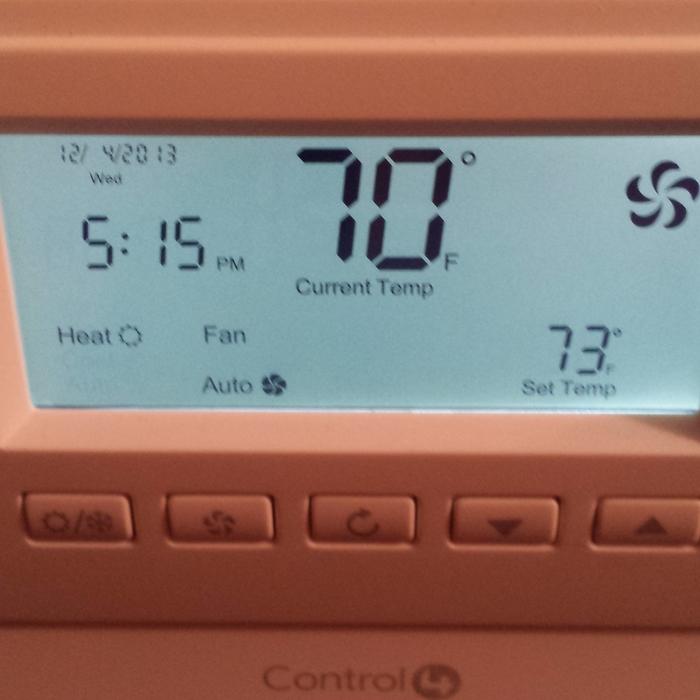The youngest generation in the real estate market are those who were born between 1982 and 2004 and are known in today’s society as “The Millennial” generation. Typically, the era we are in now is the first opportunity this generation has had the opportunity to seriously consider buying their own home. Certainly, they are not taking the same approach as their parents and grandparents before them.
Never has a generation of first time homebuyers entered the market with the recent real estate recession fresh on their minds while carrying record high student loan debt and faced with high unemployment rates while the mortgage industry continues to make it more difficult than ever to pursue a favorable home loan. It’s no wonder that the Millennial Generation has not been so quick to jump on the home ownership train in pursuit of the American Dream!
As a generation, the Millennials have the unique position to have witnessed their parents and grandparents struggle with real estate, after buying their first home in their 20s and early 30s. They saw the frustration and despair as many lost family homes and fortunes as the economy headed south into a deep recession. It’s natural that many Millennials were soured on the whole idea of home ownership…but it shouldn’t.
The perfect time to buy
There are two conditions that effect every homebuyer – the price of the home and the price of money.
Home prices dipped to their lowest value somewhere around 2010-12. Since then, prices have slowly been increasing. Today there are still many affordable homes on the market, but prices are continuing to climb and it is unlikely, short of another economic disaster that prices will ever be this low again.
It’s important to remember that real estate is a long-term investment that has traditionally done very well for a lot of people in a lot of different circumstances. Real estate prices always seem to come back and flourish – based on the economic theory of ‘Supply & Demand.’ So long as you keep yourself in a good financial position and can avoid being reckless with your investment (borrowing against it and using your home as an ATM, for example) you should not have any problems riding out the ups and downs of any real estate market.
The other condition that will have a great bearing on the purchasing power of the Millennial homebuyer is the cost of money which translates into home loan interest rates. Today, even with the recent increases to the Prime Rate, interest rates are still in the range of historical lows.
Many Millennials will smartly only consider a home loan with an interest rate that is fixed for the entire term of the loan and not allow themselves to approach a slippery slope with low teaser rates that are certain to change in a few short years. Millennials see the variable rate loans as one of the big problems that forced many older homeowners from the family home earlier this century.
Seek advice
While Millennials have a command of all things Internet today – especially on their Smart Devices, they still need to consult with a professional real estate agent. For a young person who is seriously considering the purchase of a home, they have obviously reached a level of maturity and have come further along in life than many of your peers. Yet, with all of their wisdom they should still seek the assistance of a professional real estate agent to help them understand and grasp the entire home buying process. It’s important to find a real estate agent that not only understands your needs but has a strong grasp of the local neighborhoods, the school system (even if the buyer does not have children – or plan on it for some time – schools sell houses, so think ahead to the resale) and the demographics of the area being looked at for the new home.
Good real estate agents will have years and even decades of practical industry experience. They will have a firm grasp as what to do and what not to do when it comes to buying a home. A good real estate agent will know what options are available in the local housing market that will fit the needs of today’s Millennial homebuyer.
Along with local real estate knowledge it is important to find an agent that you trust. Use your gut to narrow down the field but take the time to interview at least three different agents from three different brokerages. Remember, the agent works for the buyer and they are not doing you a favor to help you find a home – they will be paid, by the seller for their expertise and service. Choose wisely.
One important note about real estate and real estate agent – All Real Estate is local, and your real estate agent should be Too! Please don’t fall into the trap of selecting an agent because they came recommended (or worse – you have a personal connection with) but live outside the area you want to live in. It’s true that every California real estate agent is licensed to sell any property in the entire state – residential, commercial, land, etc. – but for your needs you want a local residential specialist. Anyone else wants a commission and may not have your bet interest at heart.
Mentors
While your real estate agent will be legally responsible for the transaction and should have the most detailed information that is important there is nothing like having a mentor who has been through the experience and made their own mistakes and enjoyed their own successes. Perhaps a parent, grandparent of a colleague at work can share what they did right and what they did wrong. Many times the stories they share are dated and the facts may be off – but the experience is real and worth your weight in gold if it helps you avoid a pitfall or helps you find the perfect home.
Neighborhoods
Millennials, like no generation before them, have more information at their fingertips (on any topic they desire) and know how to easily access it. While the data that comes to them from the Internet is very important, there is no substitute for driving a neighborhood.
It’s not only the housing that should be inspected but take the time to check out the local school – sure, there is lots of data on the Web about every school, but is it astatically pleasing or covered in graffiti? Are there large grass fields for sports and play or is it nearly all asphalt and concrete?
What about the local grocery store? Do you like the butcher and the produce departments? Is there a good yogurt shop nearby? Coffee shop? Do you like the local movie theater and other recreational facilities?
What is important to you and do you like what you find within a reasonable walking/driving distance…or do you feel like you would have to leave the ZIP code to do your shopping?
There are a lot of different elements to picking out the right neighborhood – especially if it is one you may not be familiar with. Location is not only important to the Millennial buyer today but will be a strong factor when it comes to reselling the property and nothing is more important to the value of a home than its location.
Cost of ownership
While purchasing a home, the biggest expense is, of course, the purchase price. However, keep in mind that there are many other fees and expenses with buying a home that typically must be paid for at the time of service. This will include home inspection costs, appraisal fees, loan costs and many other nickels and dimes will be spent.
Your real estate agent should be able to provide you with a good estimate as to what the purchase expenses will be. Of course, once escrow closes and you own your new home, there undoubtedly be cosmetic issues (paint. flooring, appliances, etc.), decorating costs (perhaps some new furniture) and even landscape expenses that you’ll want to budget for.
Aside from your monthly mortgage payment (principal and interest) there is also property taxes and homeowner’s insurance. Utilities can be expensive and should be budgeted for before you buy. Of course, there will be ongoing maintenance issues with every home and need to be budgeted for.
Patience is a virtue
Millennials are not the only generation that want instant gratification – it happens to the best of us. You must realize that the process takes several months at best and may extend out six months to a year or even longer. There are many hurdles to overcome and until escrow closes almost anything can happen and set the process back. Purchasing a home is not for the faint at heart and should the process should be approached with persistence.
Take your time and don’t rush into a situation that makes you feel like your settling. While it is unlikely that what you end up with may not include every attribute of your dream home, it’s important to know what you are willing to compromise on and what you’re not. Don’t allow anyone to pressure you into jumping into something because you can. Slow down, continue to research and continue to take the advice of your real estate agent and mentors. Take the time to know and understand the buying process and you’ll be in a much better position to make a knowledgeable decision.
Parting thoughts
The process is a long and complicated one that only you are in control of. You can make as many offers on as many different homes as you are interested in. You can go through the negotiation process on several different homes (try to limit yourself to one at a time) without actually making the commitment to buy. You only get to hand the money over (fund a home loan) once – and only if you are happy with the property…so choose wisely and buy a home that will truly make you a happy Millennial Homeowner!



